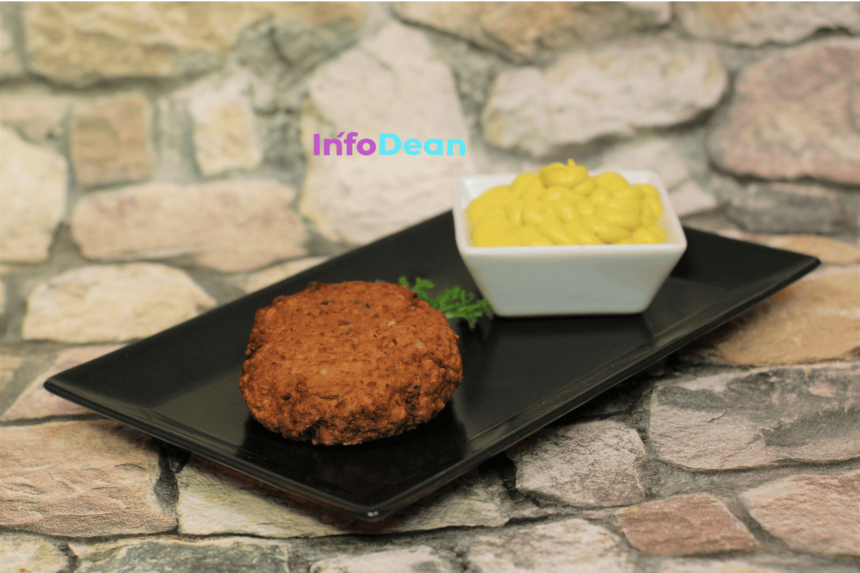Dijon mustard, with its rich, complex flavor and smooth texture, is a staple in kitchens across the globe. But how did this iconic condiment come to be, and how is it used today? Let’s explore the fascinating history, diverse uses, and exciting variety of Dijon mustard.
Dijon mustard story
The story of Dijon mustard begins in the Roman Empire, where mustard seeds were first combined with unfermented grape juice called “must.” This mixture laid the foundation for the condiment we know today. Centuries later, in the 14th century, the Duke of Burgundy granted the city of Dijon the exclusive right to produce mustard. This decree marked the beginning of Dijon’s association with this pungent and flavorful condiment.
The turning point came in 1856 when Jean Naigeon, a mustard maker in Dijon, revolutionized the recipe. He replaced vinegar, the traditional acid base, with verjuice, the acidic juice of unripe grapes. This innovation created the distinctively sharp and complex flavor that defines Dijon mustard today.
While most modern Dijon mustards use white wine instead of verjuice, the spirit of Jean Naigeon’s invention lives on. Today, Dijon mustard continues to be a symbol of French culinary excellence, enjoyed by home cooks and professional chefs alike.
Flavors
This mustard isn’t just one flavor profile: it’s a spectrum of taste experiences. From the classic smooth and creamy to varieties with added herbs, spices, and even alcohol, there’s a Dijon mustard for every palate.
- Classic Dijon: Made with brown mustard seeds, white wine (or verjuice), and salt, this traditional variety boasts a sharp, tangy flavor with a smooth texture.
- Whole Grain Dijon: As the name suggests, this mustard feature whole brown mustard seeds, adding a distinct crunch and bolder flavor profile.
- Dijon with Herbs: Infused with herbs like tarragon, rosemary, or thyme, these variations offer an additional layer of complexity and aroma.
- Honey Dijon: Honey adds a touch of sweetness to the classic Dijon flavor, making it a popular choice for glazes, dips, and salad dressings.
- Dijon with Spices: Incorporating spices like cayenne pepper, black peppercorns, or even curry powder, these varieties deliver a kick of heat and depth of flavor.
In the Condiment Jar
This mustard serves with sandwiches and salads, its versatility extends far beyond the condiment jar. Here are just a few ways to know the full potential of this uses in kitchen:
- Marinades: This mustard’s acidity and enzymes help tenderize meat and infuse it with flavor. Use it in marinades for chicken, pork, beef, and even seafood.
- Sauces: This mustard can elevate a simple pan sauce or add depth to creamy sauces like Béchamel.
- Dressings: This mustard adds a complex tang to salad dressings, particularly vinaigrette-based ones.
- Dips: This mustard Mix with mayonnaise or yogurt for a flavorful dipping sauce for vegetables, crudités, or even pretzels.
- Spreads: Combine this mustard with cream cheese or herbs to create a delicious and unique spread for sandwiches, bagels, or crackers.
- Glazes: This mustard’s natural sweetness makes it ideal for glazes for roasted meats and vegetables.
Future
Dijon mustard has come a long way from its humble beginnings in ancient Rome. Today, it remains a beloved condiment and a versatile ingredient in countless culinary creations. As chefs and food enthusiasts continue to explore its possibilities, the future of this mustard is bright, filled with exciting new flavors and innovative of uses.
So next time you reach for a jar of Dijon mustard, remember its rich history and endless possibilities. Experiment with different varieties, explore new recipes, and discover the true potential of this culinary icon.
Thanks for Explore.
You might be like to read also. Maple syrup understanding the uses and flavor.











